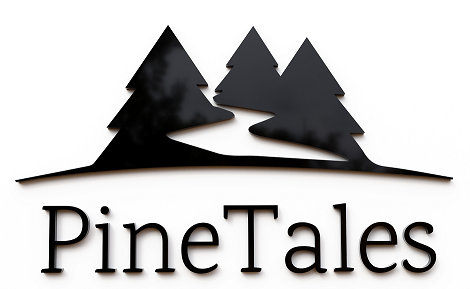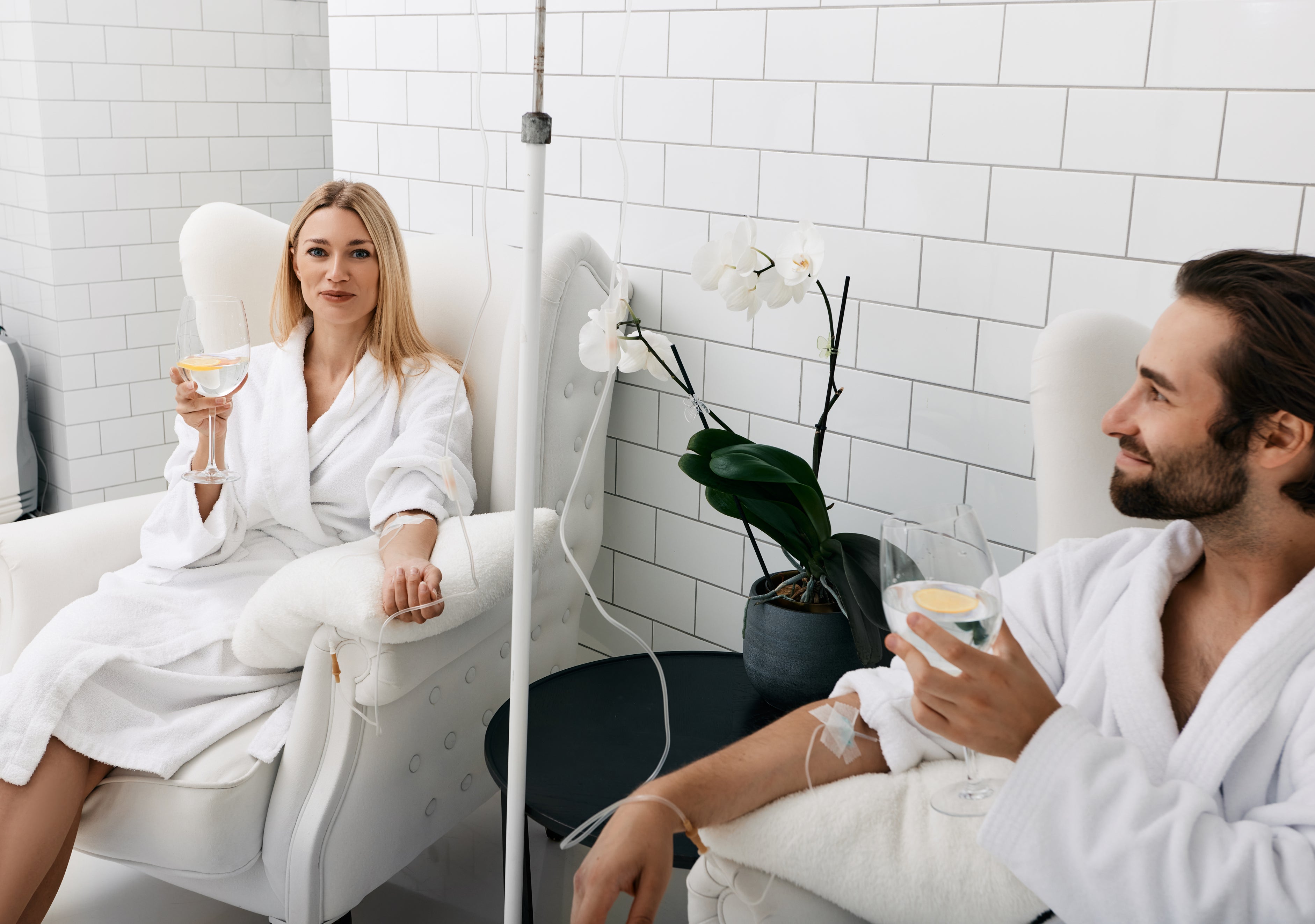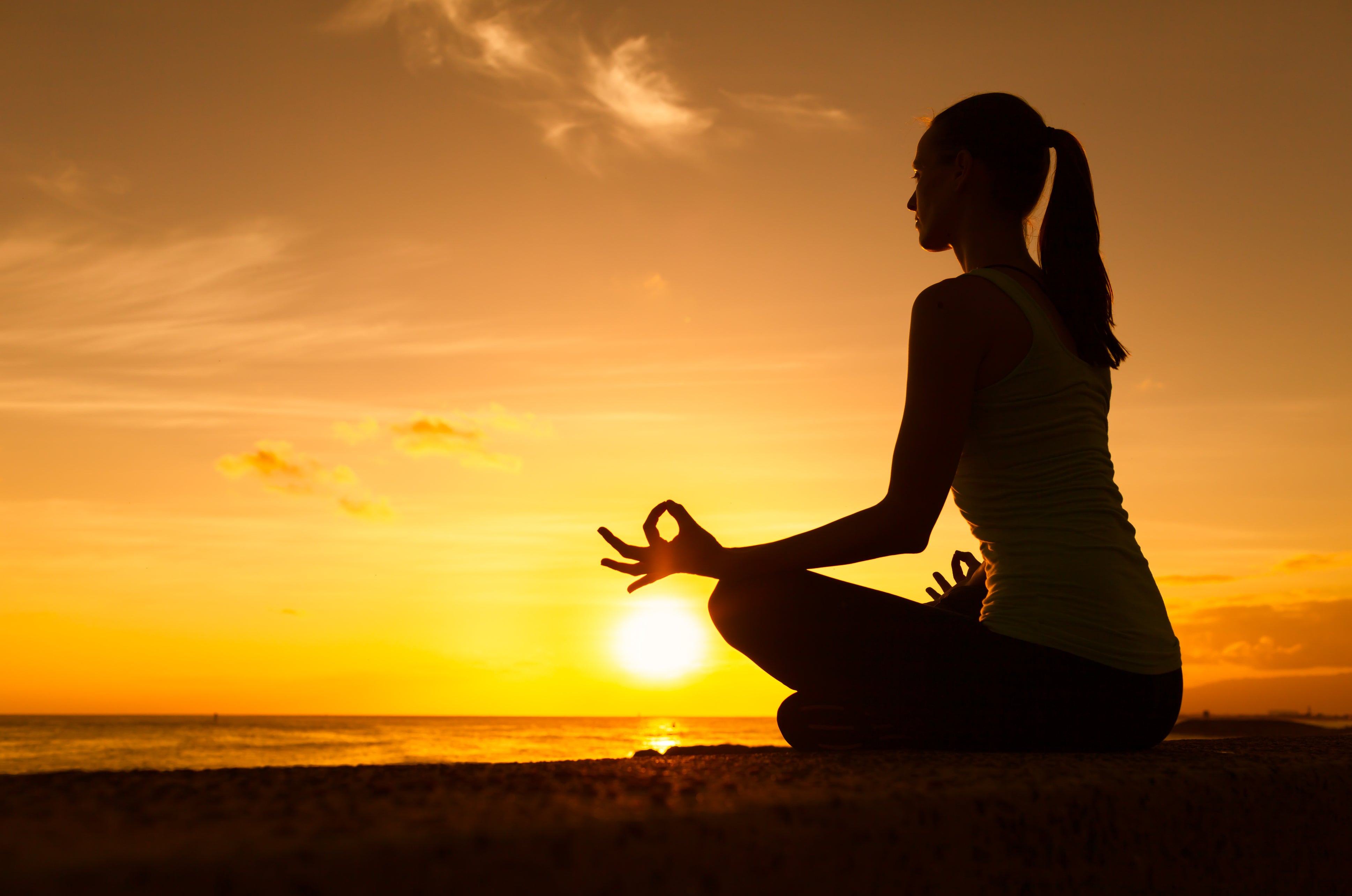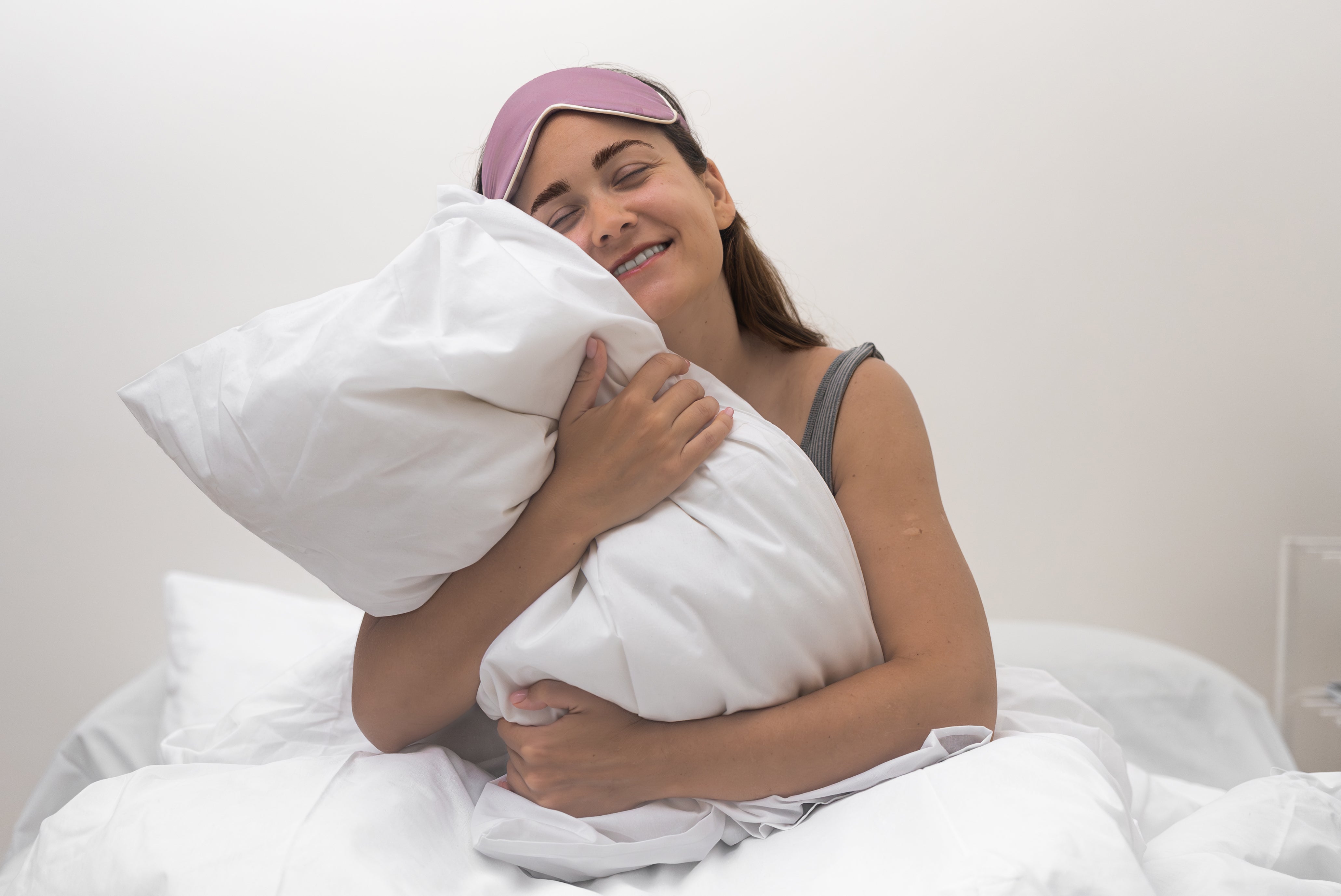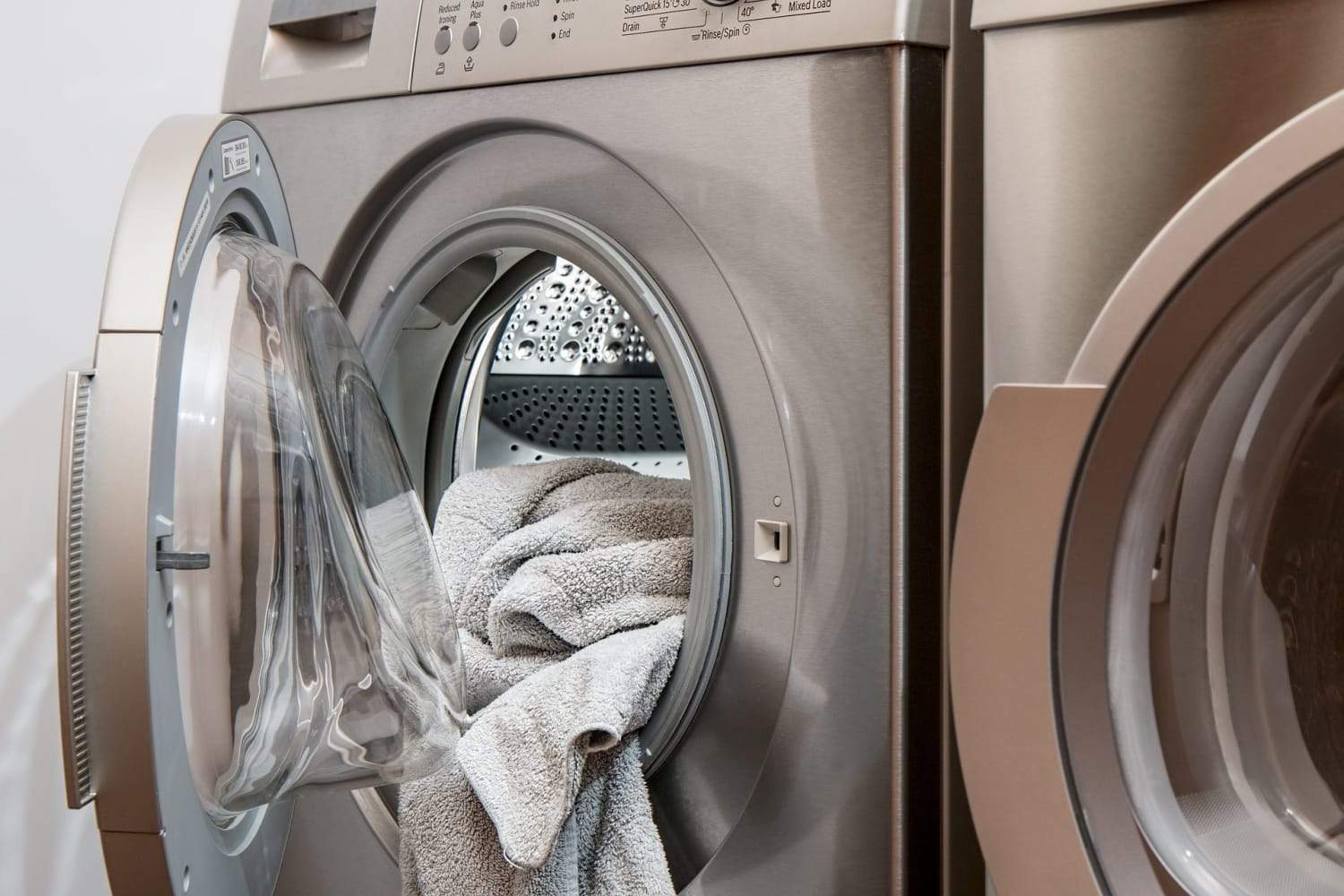Many older articles and studies link napping to bad sleep hygiene. Scientists worried that napping during the day would ruin your nightly sleep and make you sleep less deeply. It is kind of like the theory that eating a snack will ruin dinner later. You want to be hungry enough, or sleepy enough in this case to really get into a deep restful sleep.
It has been the theory and fashion to shun naps up until recently. Napping has been considered something that lazy people do.
But shorter naps have come back into fashion as long as you use sleep hygiene principles for your naps just like your nighttime sleeping. It turns out that napping might just be a normal part of human function especially if you nap around 2 pm.
The urge to nap can also be seasonal depending on where you live and how much light you are able to get during the day.
Midafternoon sleepiness is just a natural part of the human circadian rhythm. We have been up for 9 or 10 hours by that time and it makes sense for the brain and body to want to take a little break before moving on to the evening tasks.
The science of power napping
If you do decide to incorporate napping into your schedule there is a way to do it optimally.
- Find a dark quiet place to sleep or get yourself some noise-canceling headphones and an eye mask.
- Take your nap regularly at the same time every day and don’t oversleep.
- Take your nap between 1 pm and 4 pm. Later can affect your nighttime sleep cycles.
- Be sure you have an all-natural buckwheat pillow to keep your neck and spine aligned while you sleep.
Power napping for profit
If you take a short nap on a daily basis napping promotes hormonal balance, cellular repair, and recovery just like nighttime sleep. Large companies are starting to notice the correlation between restful sleep and good work output so many companies actually encourage napping.
Japanese executives often rent napping rooms to optimize their power naps during lunch hour now that sleep is starting to get the recognition it deserves as part of optimal functioning.
Google nap pods and other napping rooms have become a staple in Silicon Valley where companies want to optimize creativity and output.
Using the first 2 stages of 4 stages of sleep for napping
If you do napping right it has benefits, but many people don’t like to nap because they wake up feeling groggy and can’t get back into the swing of their schedule.
In Stage 1 sleep during the first ten minutes after you fall asleep, you are sleeping lightly, and it is easy to rouse from this light sleep and not feel very rested. Some people swear by the ten-minute nap but some people find ten minutes too short for a useful nap. After a ten-minute nap, you may not feel like you have really even been asleep.
Stage 2 sleep happens from around minute ten to minute 30. So a half an hour nap allows for a slightly deeper sleep. Many experts consider this to be the perfect length of time for an afternoon nap.
According to Chris Winter who wrote The Sleep Solution, napping for 30 minutes can boost memory consolidation The brain begins to inhibit bodily movement and ignores outside stimulus that appears to be non-harmful.
When you wake up after a half-hour nap you are more likely to experience increased productivity, cognitive function, increased memory, increased creativity, and to feel rested.
What about the full sleep cycle 60 to 90-minute nap?
Stage 3 deep sleep begins when you sleep more than 30 minutes. “If you wake up during deep sleep you may wake up with what is known as sleep inertia. This is when your body is feeling sluggish and you feel the need to go back to sleep to finish out the cycle.
Stage 4 REM sleep or rapid eye movement sleep happens at intervals during sleep that gets longer as the night goes on. But you may not want to go there during your nap time.
If you have the time some experts suggest sleeping through one full sleep cycle during your nap so you would get through the first cycle of all 4 stages of sleep in about 90 minutes. Nasa astronauts reported that longer naps helped them function better than shorter naps did.
With a long nap, you will wake yourself up with an alarm just as you are re-entering the light stage 1 sleep again and you should be refreshed and rearing to go. In one study hour-long napping was shown to reduce blood pressure.
But do you really need a nap?
Some advice suggests that napping will cut into your quality of sleep at night and that you should just learn to go to sleep earlier if you feel tired during the day.
And it is true that if you are getting 6 hours or less at night you may feel tired more often and need a nap more often than people who get to sleep early and schedule in at least 7 or 8 hours for sleep each night. Studies consistently show that most adults need at least 7 hours per night of sleep to function well.
There are also people who are naturally short sleepers who sleep 6 hours or less per night and feel consistently refreshed and really do not feel the need to nap during the day. This is different from people who do not sleep well at night or force themselves to sleep less than they need to.
But even people who sleep well at night and get enough sleep can benefit from a short nap in the afternoon according to experts. A short nap can help boost your alertness during the day and can help you even out your moods and help you tolerate stress better.
Napping should be part of your routine as you age
Since people tend to sleep more fitfully as they age napping may be a great way to compensate for the changes in sleep due to hormonal changes in the body for older people. So even if you never napped when you were younger you might benefit from adding naps after the age of 65 or so.
In conclusion, don’t be ashamed to nap
Napping can help with working memory and help you function better later in the day if you nap regularly at the same time of day 7 days a week. You may have to experiment to find out how much time you need to nap.
Be sure to bring one of our specialty inflatable travel pillows for workplace comfort when you nap.
And don’t worry if you don’t feel a lot of benefits right away. It can take a few weeks to adjust to the new sleep pattern. Regular nappers often report the most outstanding benefits after regular napping for a month or more.
